- More Ways to Shop
- Holidays & Occasions
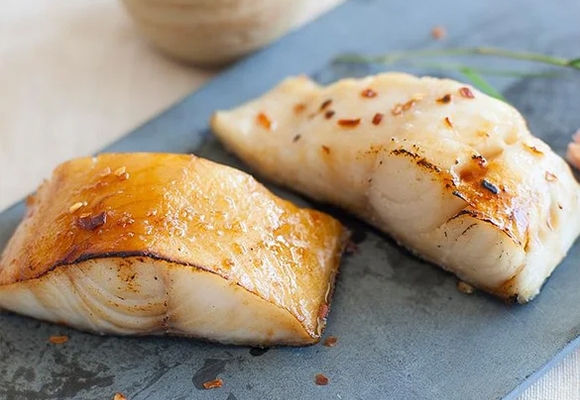 Seafood Samplers
Seafood Samplers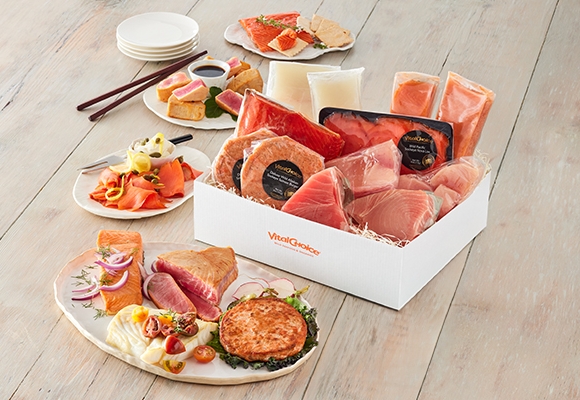 Vital Box Subscriptions
Vital Box Subscriptions
Don't have an account?
Click Here- Fast, secure checkout
- Exclusive promotions & offers
Frequently Asked Questions (FAQs)
- Click on a subject category below to view all of the FAQs related to that subject.
- If you do not find an answer, please send a query from our Customer Care page.
Product FAQ by Category
How does flash-frozen seafood compare to fresh?
Much of the seafood we offer comes to you frozen, so you can enjoy seasonally harvested fish and shellfish any time of the year. Major advances in rapid-freeze technologies mean seafood can be frozen solid in a matter of minutes or hours, which minimizes damage to cell walls, preserving taste, texture, and moisture levels. Freezing fish rapidly and soon after it’s caught locks in flavor and freshness, giving us straight-from-the-sea taste without the risk of spoiling. The result is comparable to—if not better than—fresh seafood. In fact, consumer taste tests conducted by Oregon State University consistently put frozen seafood on top.
How long will seafood keep in my freezer?
Seafood kept frozen at or below 0°F (-18°C) should retain its quality through the “Best By” date stamped on the package
What is the best way to thaw frozen seafood?
Thawing methods vary with the type of seafood, how it’s processed, and how it’s packaged. Instructions for how to thaw our fish or shellfish are included in every order.
Individually vacuum-sealed fish portions:
- Thaw under refrigeration at or below 38˚F (3˚C). Before thawing, puncture or remove plastic film.
- For quick thawing, place frozen package in cool water for approximately 20 to 30 minutes, just until contents are flexible.
- Once thawed, immediately cook or refrigerate. (If refrigerating, transfer to a storage container and use within 2 days).
- Prior to cooking, rinse fish and pat dry with paper towels.
Flash-frozen shellfish (calamari, crab, lobster, mussels, scallops, shrimp):
- Thaw under refrigeration at or below 38˚F (3˚C).
- Before thawing in refrigerator, place shellfish in a colander set in a bowl, loosely covered, until thawed.
- For quick thawing, place frozen package in cool water for approximately 20 to 30 minutes, just until contents are flexible.
- Once thawed, immediately cook or refrigerate. (If refrigerating, transfer to storage container and use within 2 days).
- Prior to cooking, pat dry with paper towels as needed.
Individually ice-glazed fish portions (halibut cheeks, petrale sole):
- Thaw under refrigeration at or below 38˚F (3˚C).
- Before thawing in refrigerator, remove fish from packaging and place on a plate lined with paper towel, loosely covered, until thawed.
- Once thawed, immediately cook or refrigerate. (If refrigerating, transfer to storage container and use within 2 days).
- Prior to cooking, pat dry with paper towels as needed.
Spot prawns or lobster tails in plastic tubs or trays:
- Thaw under refrigeration at or below 38˚F (3˚C).
- Once thawed, immediately cook or refrigerate. (If refrigerating, transfer to a storage container and use within 2 days.)
- Prior to cooking, drain and pat dry with paper towels as needed.
Wild salmon roe ikura in glass jars or plastic trays:
- Thaw under refrigeration at or below 38˚F (3˚C).
- Once thawed, store in an airtight container and use within 7 days.
Is Vital Choice® seafood sustainably harvested?
Sustainable seafood is seafood that has been harvested without jeopardizing the marine environment, does not subject fish populations to overfishing, and results in minimal catch of or harm to other species. We offer more than 30 types of wild fish and shellfish, and all but two† meet one or more of the criteria listed below for verified sustainable harvest methods.
†At this time, our canned sardines and mackerel are the only species we offer that do not meet any of the standards listed below.
Harvested in Alaska waters: Serving as a model for effective fishery management around the globe, Alaska is the only state in the nation whose constitution mandates that all fisheries be responsibly managed to support continued abundance. All seafood harvested in Alaska waters comes from fisheries that are verified sustainable, responsible, and traceable back to the source. All Alaskan seafood is certified sustainable by Alaska Responsible Fisheries Management (RFM) or the Marine Stewardship Council (MSC), programs which are benchmarked by the Global Sustainable Seafood Initiative (GSSI) and are aligned with the United Nations Food and Agriculture Organization (FAO) Code of Conduct for Responsible Fisheries, the most comprehensive set of international standards and best practices for wild fisheries.
MSC Certified Sustainable Seafood: Products showing the blue fish and/or described as "MSC certified" come from a fishery that has been independently certified as sustainable under a program operated by The Marine Stewardship Council (MSC), a global nonprofit organization. These fisheries have been found to meet all three principles of the MSC Fisheries Standard, which are to sustain wild seafood stocks, to use catch methods that have minimal environmental impact, and to demonstrate effective fishery management. Learn more at www.msc.org.
What’s the difference between farmed and wild salmon?
- Species: There are six types of salmon in North America. Five come from the Pacific coast and are called Pacific salmon. These are king (Chinook), silver (coho), sockeye (red), pink (humpy), and keta (chum). The other type traditionally lives in the Atlantic and is simply called Atlantic salmon. Due to declining populations of wild Atlantic salmon, Atlantic salmon is primarily farmed, while Pacific salmon species are caught in the wild. Salmon sold by the name of “Atlantic” or “Faroe Island” is farmed salmon.
Color: Farm-raised salmon is paler in color than wild salmon and can be recognized by the white striations of fat in a raw fillet. Without the addition of pigmentation compounds in their feed, farmed salmon would not have its pinkish-orange hue. Conversely, wild salmon ranges in color from deep orange to vivid red due to a diet that includes astaxanthin-rich zooplankton and krill.
Flavor: Wild salmon has a more robust salmon flavor and is often a firmer, less fatty fish. Farm-raised salmon is higher in fat, which is immediately noticeable through a fillet’s characteristic white lines. These fat striations make farmed salmon softer and flakier in texture, milder in flavor, and less likely to overcook.
Nutrition: According to the U.S. Department of Agriculture’s FoodData Central, a three-ounce portion of wild sockeye salmon has fewer calories and half the fat content of the same amount of farmed Atlantic salmon. And although farmed salmon may have more omega-3 fatty acids, it also has more than double the saturated fat content—including the less desirable omega-6 fatty acids.
Price: Wild salmon is generally more expensive than farmed salmon because demand exceeds supply. There are five major wild salmon species that are sold commercially, and at differing prices based on their quality, the region they were caught, the fishing method used, the time of year they were caught, and how they were handled, processed, and delivered to the market. Generally, wild salmon can cost three to four times more per pound than farmed salmon.
What are omega-3 fatty acids and why are they important?
The human body can make most of the types of fats it needs from other fats or raw materials, except for omega-3 fatty acids, which are essential fats that must be acquired from food. Omega-3s are a key family of polyunsaturated fats and there are three main types. Eicosapentaenoic acid (EPA) and docosahexaenoic acid (DHA) come mainly from fish, which is why we call them marine omega-3s. Alpha-linolenic acid (ALA), the most common omega-3 fatty acid in most Western diets, is found in vegetable oils, nuts, flax seeds and flaxseed oil, leafy vegetables, and some animal fat, especially in grass-fed animals. The human body generally uses ALA for energy, and it converts a small amount into EPA and DHA.
Omega-3s provide calories to give your body energy and have many functions in your heart, blood vessels, lungs, immune system, and endocrine system. EPA and DHA are an integral part of cell membranes throughout the body and affect the function of the cell receptors in these membranes. They provide the starting point for making hormones that regulate blood clotting, contraction and relaxation of artery walls, and inflammation. They also bind to receptors in cells that regulate genetic function. DHA levels are especially high in retina (eye), brain, and sperm cells.
According to the Dietary Guidelines for Americans 2020–2025, healthy dietary patterns include a variety of protein foods in nutrient-dense forms. Seafood, which includes fish and shellfish, is a protein subgroup that provides the beneficial omega-3s EPA and DHA. These omega-3s are found in fatty (oily) fish and other seafood, such as salmon, salmon roe, albacore tuna, sablefish, Chilean sea bass, herring, rainbow trout, sardines, mackerel, anchovies, mussels, oysters, and lobster.
Based on a diet of 2,000 calories per day, the Dietary Guidelines for Americans 2020–2025 recommends adults eat at least eight ounces of seafood per week. Almost 90% of Americans do not meet this recommended intake.
Seafood provides key nutrients during pregnancy, breastfeeding, and early childhood to support a child’s brain development. The Dietary Guidelines for Americans 2020–2025 recommends women who are pregnant or lactating should consume eight to twelve ounces of a variety of seafood per week, from choices lower in methylmercury.
According to the FDA’s Advice About Eating Fish, strong evidence shows that eating fish as part of a healthy diet may help your heart health. Moderate scientific evidence shows that healthy diets that include fish are associated with lowering the risk of becoming overweight or obese, as well as lowering the risk for hip fractures and colorectal cancer.
SOURCES
U.S. Food and Drug Administration and Environmental Protection Agency. Advice About Eating Fish, October 2021. Available at http://FDA.gov/fishadvice.
U.S. Department of Agriculture and U.S. Department of Health and Human Services. Dietary Guidelines for Americans, 2020–2025. 9th Edition. December 2020. Available at http://DietaryGuidelines.gov.
Which Vital Choice® products are kosher certified?
We're pleased to offer kosher certification on all products for which it is currently available, and we are always trying to increase our kosher-certified offerings. The following Vital Choice® products were kosher certified at the time of this writing. Please see individual product pages for the most current information, including certification agency.
Salmon
All frozen salmon portions and fillets (Earth K)
All frozen hot-smoked salmon, smoked salmon candy, and cold-smoked sockeye Nova lox (OU)
All frozen salmon burgers and salmon sausage patties (OU)
Most canned and pouched salmon (OU)†
Salmon jerky (OU)
†Our canned and pouched smoked sockeye is not kosher certified.
Sablefish
Frozen sablefish portions (Earth K)
Frozen sablefish Nova lox (OU)
Frozen lightly smoked oven-ready sablefish (OU)
Tuna
Canned skipjack tuna (OU)
Most canned albacore tuna (OU)††
††Our pouched albacore tuna, canned albacore tuna Ventresca, and jarred yellowfin tuna are not kosher certified at this time.
Other
Jarred anchovies (OU)
Most organic seasonings (KSA)
Organic chocolate (Star D)
Organic frozen blueberries and strawberries (OU)
Which of your products are gluten-free?
None of our products are certified gluten-free, however most of our seafood & meat offerings are gluten-free by nature or formulated without the use of gluten-containing ingredients.
Do you test your products for mercury and other contaminants?
Seafood: We intentionally offer the seafood species known for being naturally lower in methylmercury and recommended in the Dietary Guidelines for Americans, 2020-2025 (page 29) and the FDA’s Advice About Eating Fish. We periodically test our products for heavy metals, and prospective new products undergo a testing protocol as part of the selection process.
Dietary supplements: We manufacture our supplements according to the standards set forth by the Global Organization for EPA and DHA Omega-3 (GOED), and we have their contents third-party certified by NSF International whenever possible.
Is Vital Choice packaging BPA-free?
Apart from our canned smoked mussels, all of our products are packaged in BPA-NI containers or plastic film. Due to the acidic nature of shellfish, the cans used for our smoked mussels are lined with BPA to protect the inside of the can from corroding and reacting with its contents and thereby acquiring a metallic taste.
Is frozen fish low in histamines?
Histamine is naturally occurring in many foods, and all seafood has some level of naturally occurring histamine. Some fish species are naturally lower in histamine, while others are naturally higher.
Most people tolerate normal histamine levels, however some with histamine sensitivity do not. Some people with histamine sensitivity choose to avoid foods with moderate or high levels of naturally occurring histamine, such as aged cheeses, processed meats, and fermented foods.
Proper seafood handling is necessary to prevent histamine levels from rising above acceptable limits. Vital Choice and its seafood processors have procedures in place for maintaining normal histamine levels. While on board the fishing vessel, our seafood is held under constant refrigeration, or it’s iced or frozen. It is never held at ambient temperature on board or during transport.
Customer Care











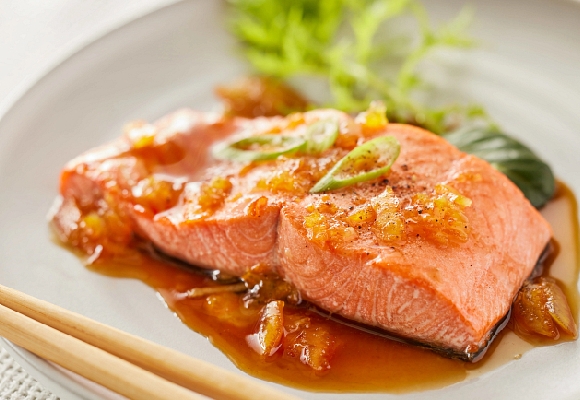

![Discover Delicious Alaskan Halibut,[object Object]](https://images.contentstack.io/v3/assets/blta522552136812831/blt2b26ede1dc10efa2/65d8ef7c700fb21435e873eb/Halibut_new_Promo_Spot.jpg?auto=webp)
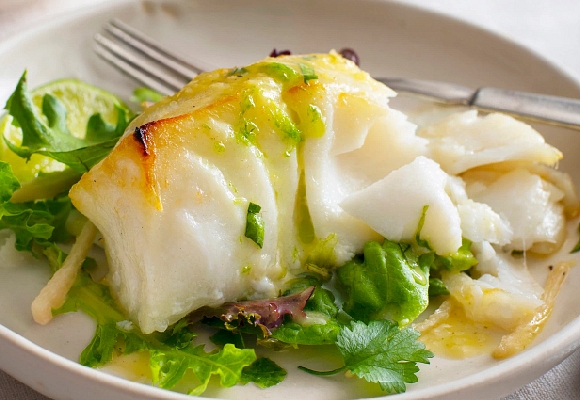
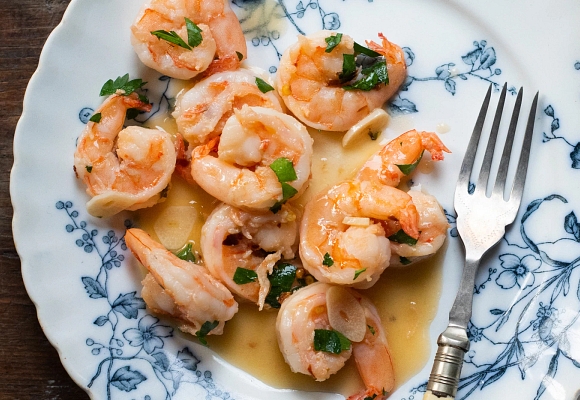
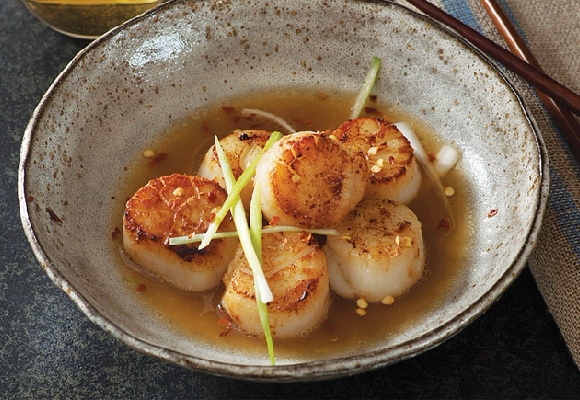
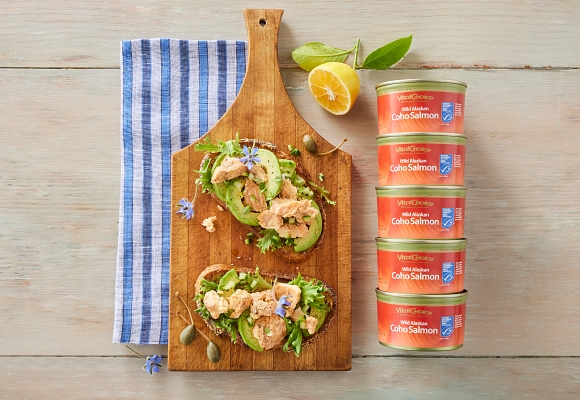
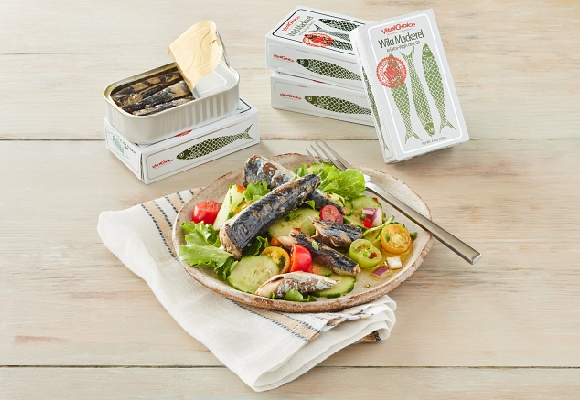
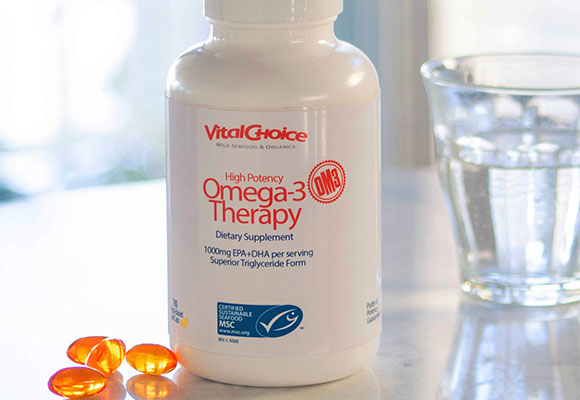
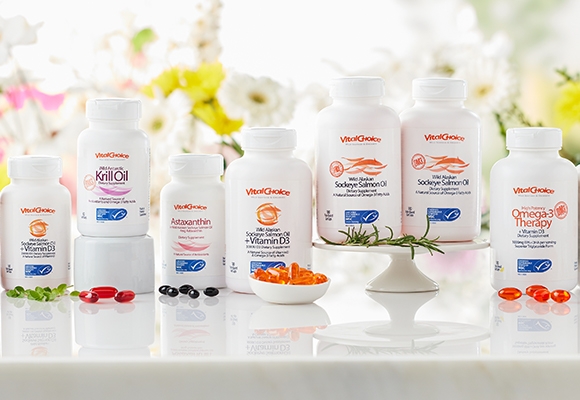
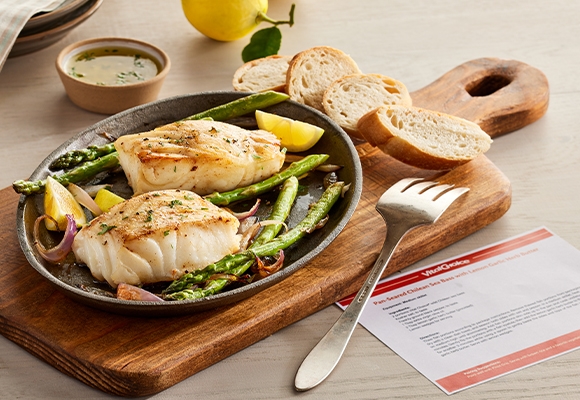
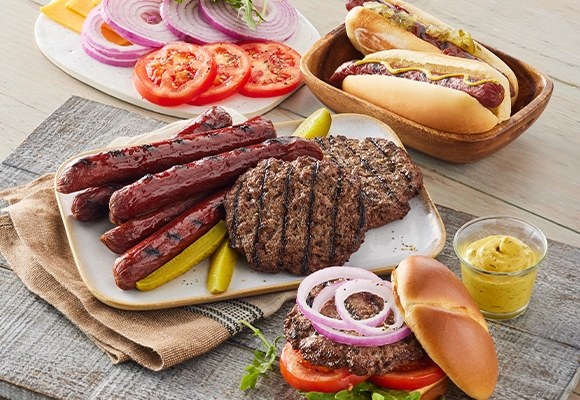

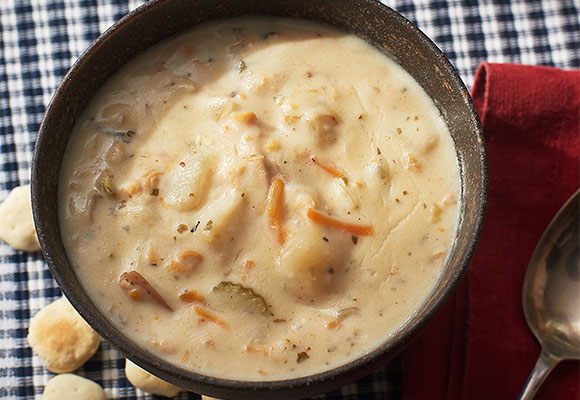

.png?auto=webp)